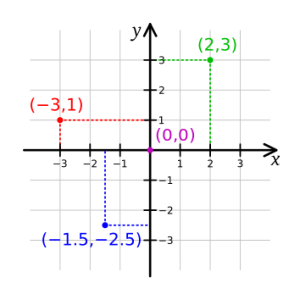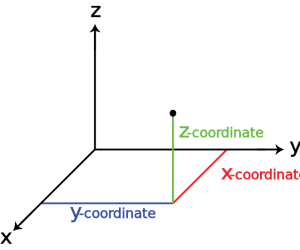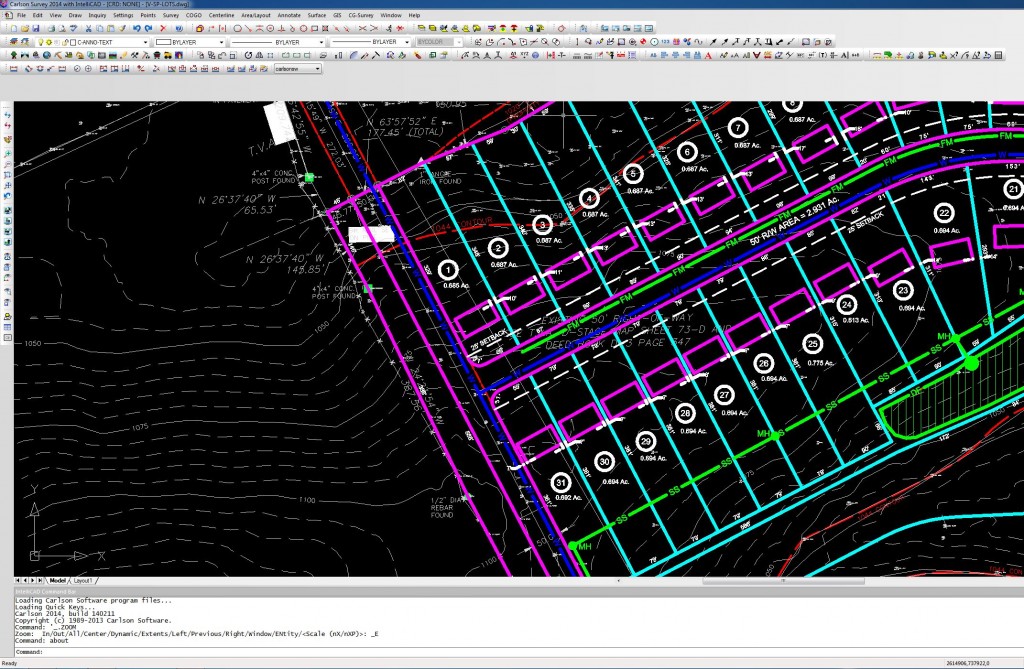An important step for a land development project is confirmation that the final site was constructed in accordance with the design plans. In the City of Knoxville, this step is called a Development Certification.
According to the City’s Land Development Manual, or LDM (website link LDM):
“An approved development certification is one of the items required prior to the release of any bond (also called Performance and Indemnity Agreement) that has been collected by the Stormwater Engineering Division. The development certification is issued by the Stormwater Engineering Division after all construction has been completed in accordance with the design plans and requirements of the Knoxville Stormwater and Street Ordinance.
Appendix A contains a site review checklist for final approval of a constructed site development project and the associated as-built drawing.
Every as-built drawing must be properly certified by the appropriate design professional engineer and the registered land surveyor.”
Therefore, the development certification involves both the civil engineer and the land surveyor. Land Tech staff includes both professional civil engineers and registered land surveyors that can assist with the development certification process.
Contact us if you have any questions about this process for your project. http://landtechco.com/home



